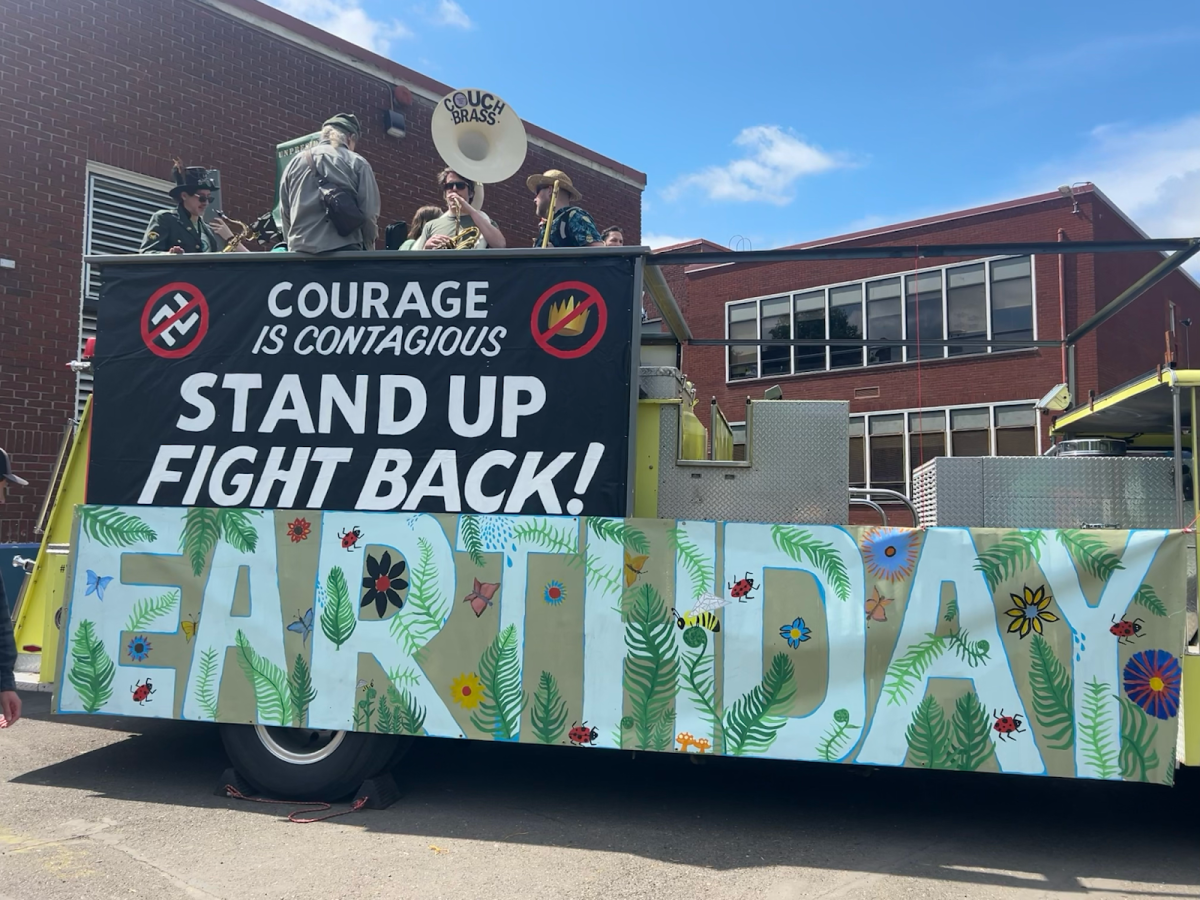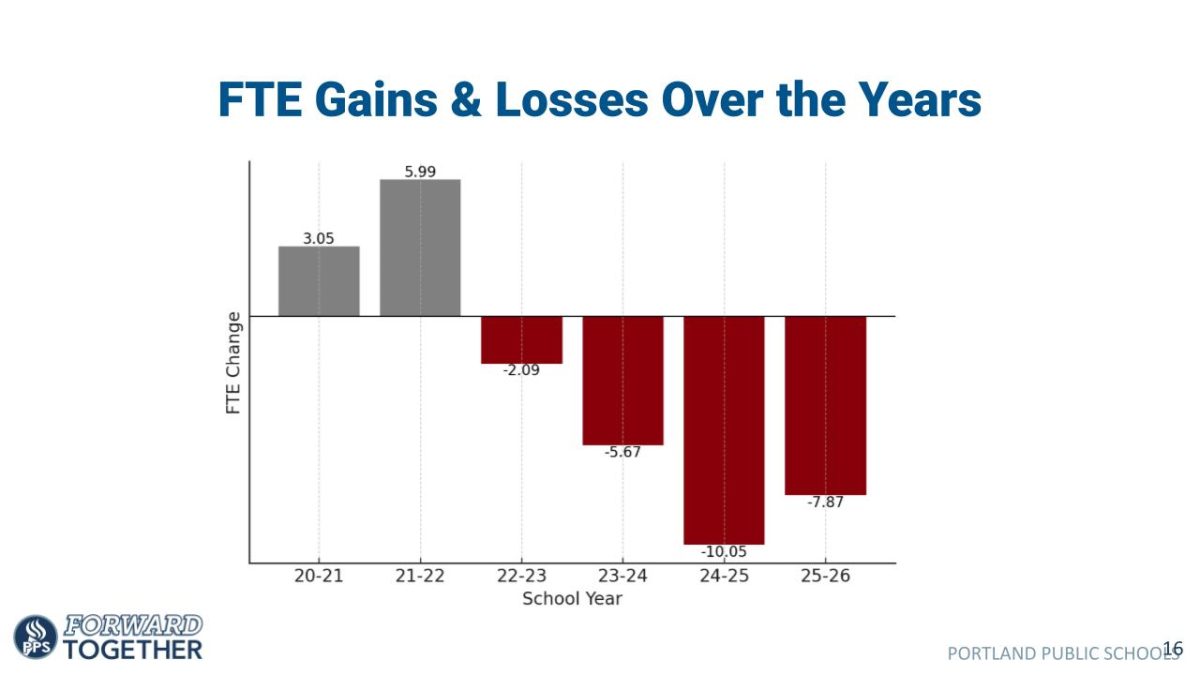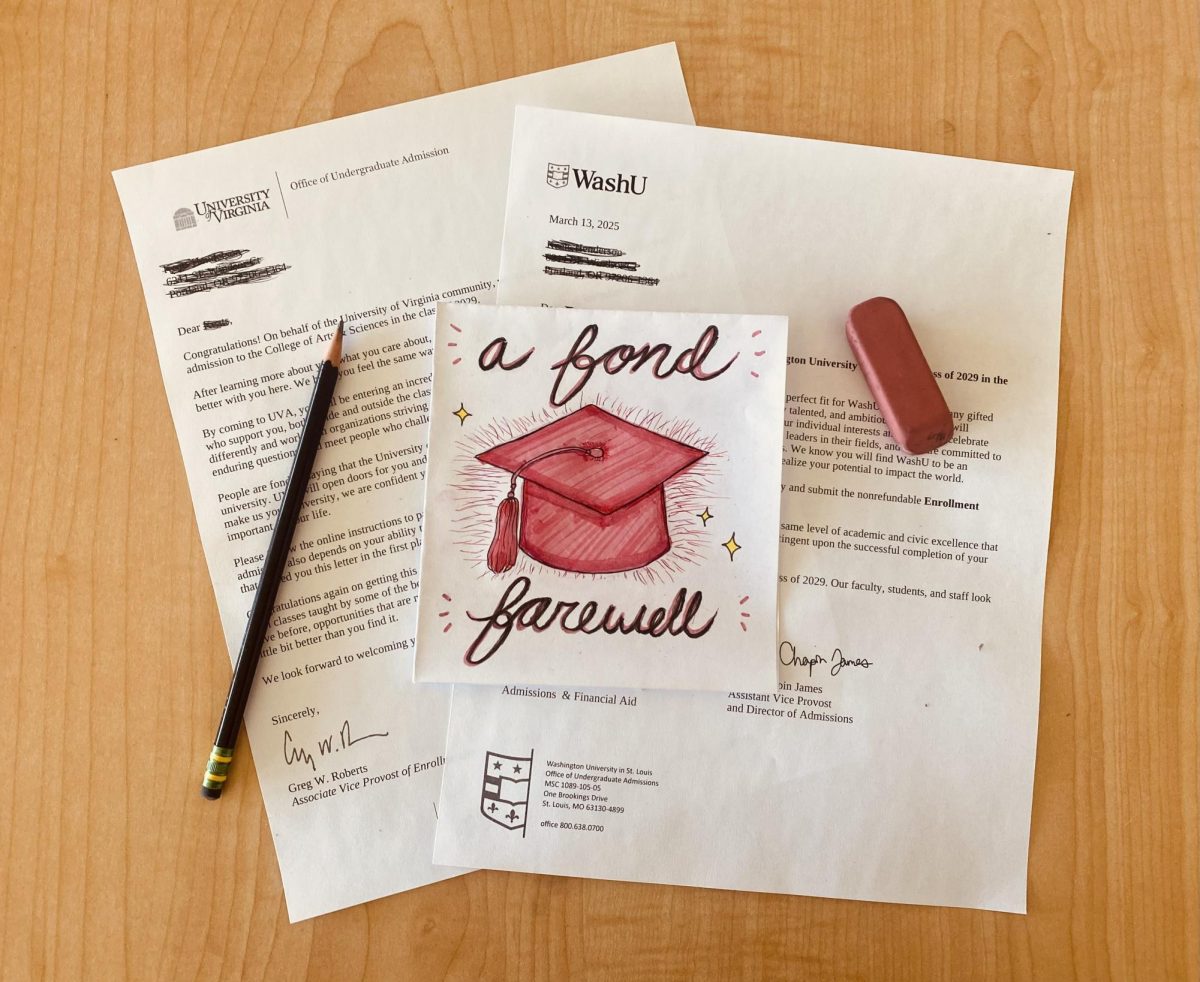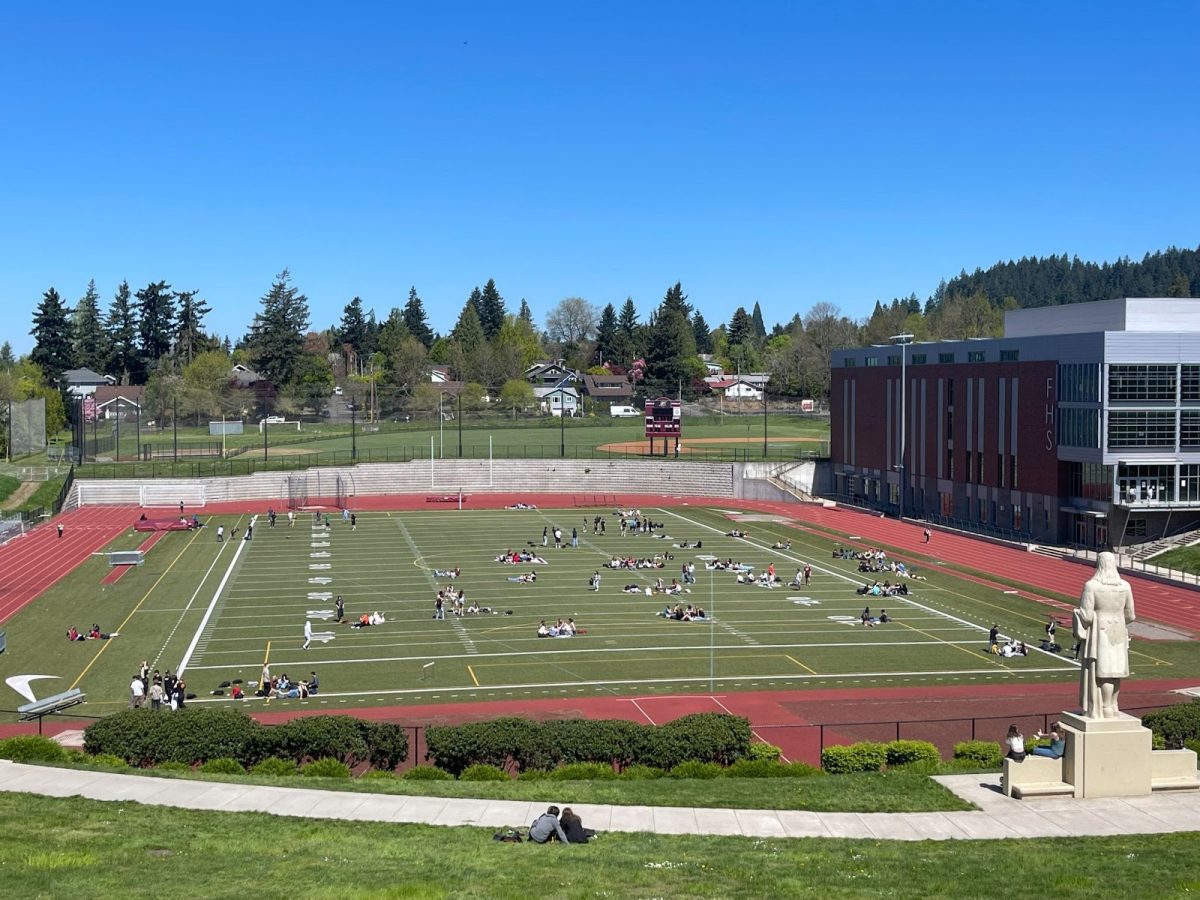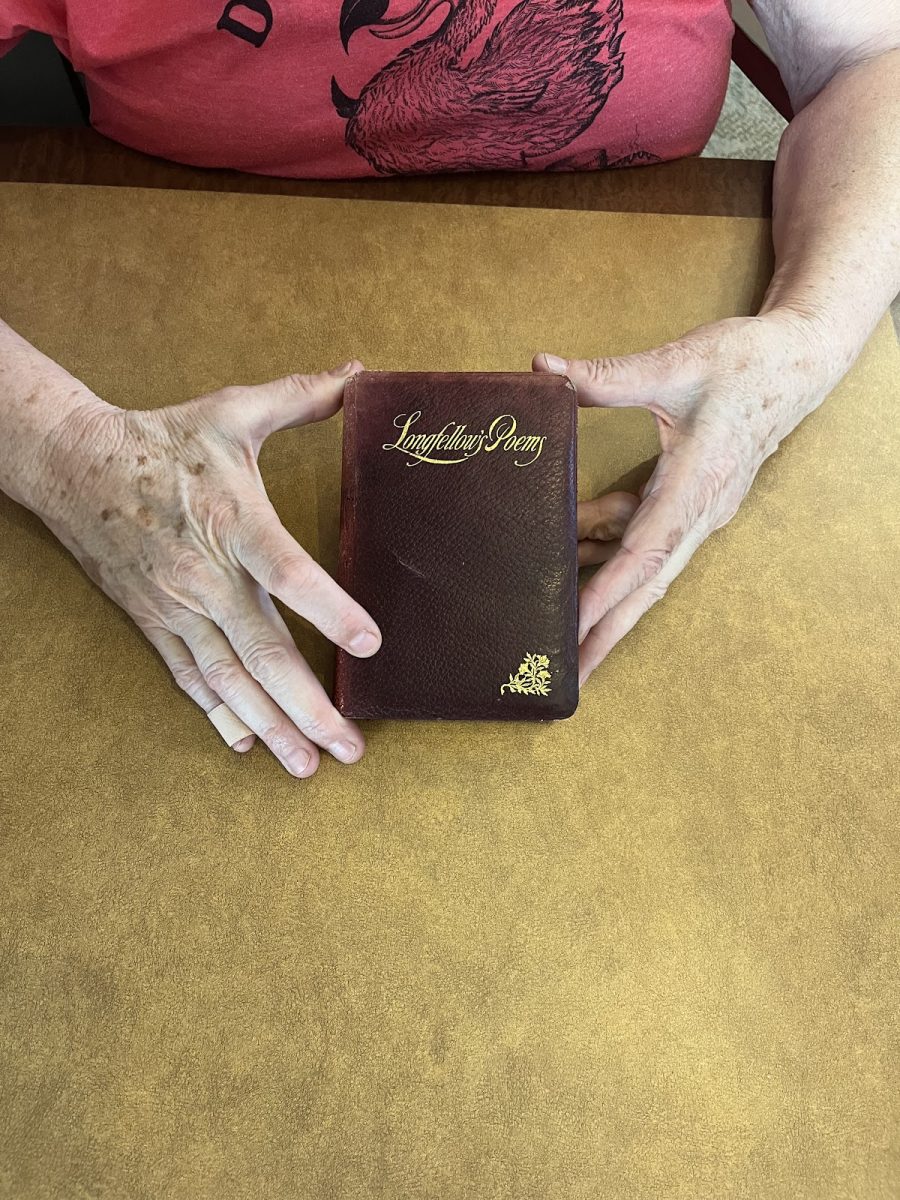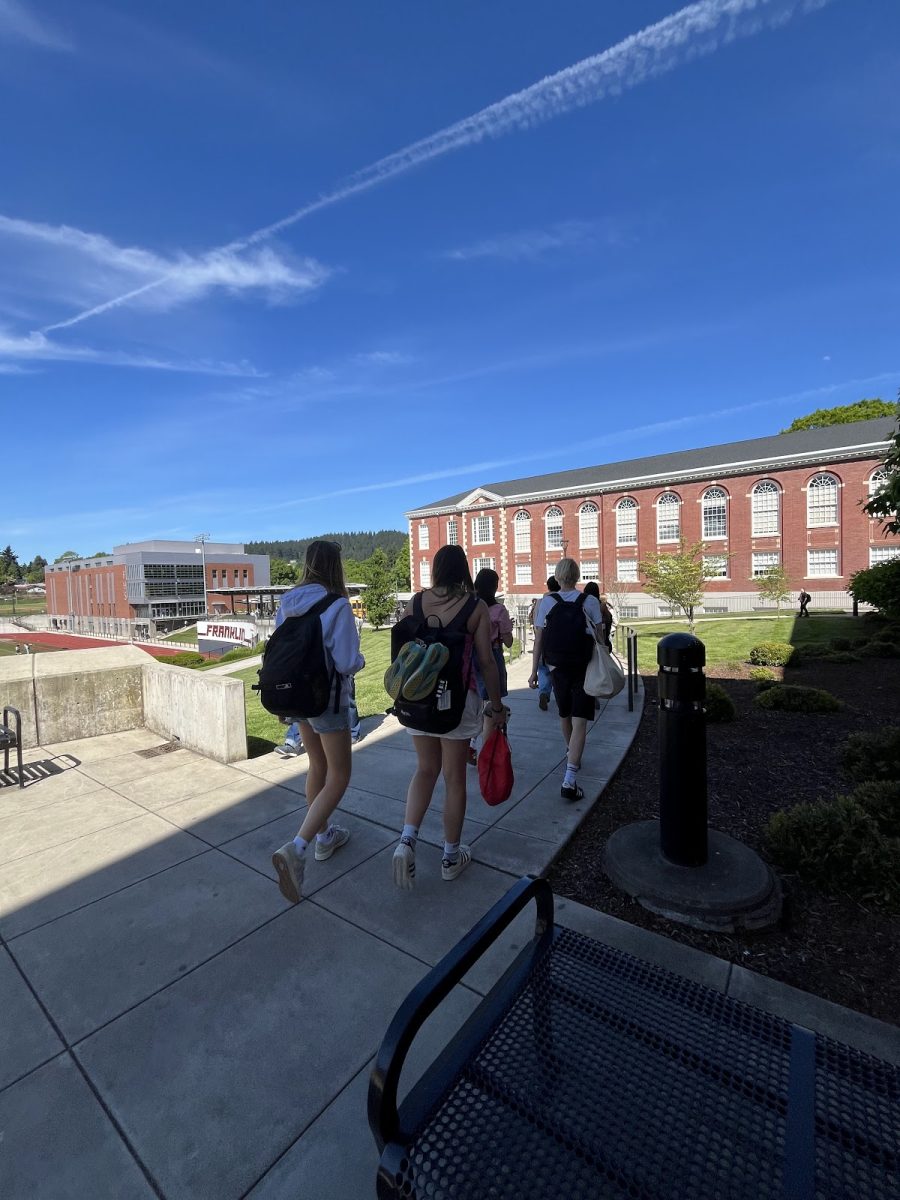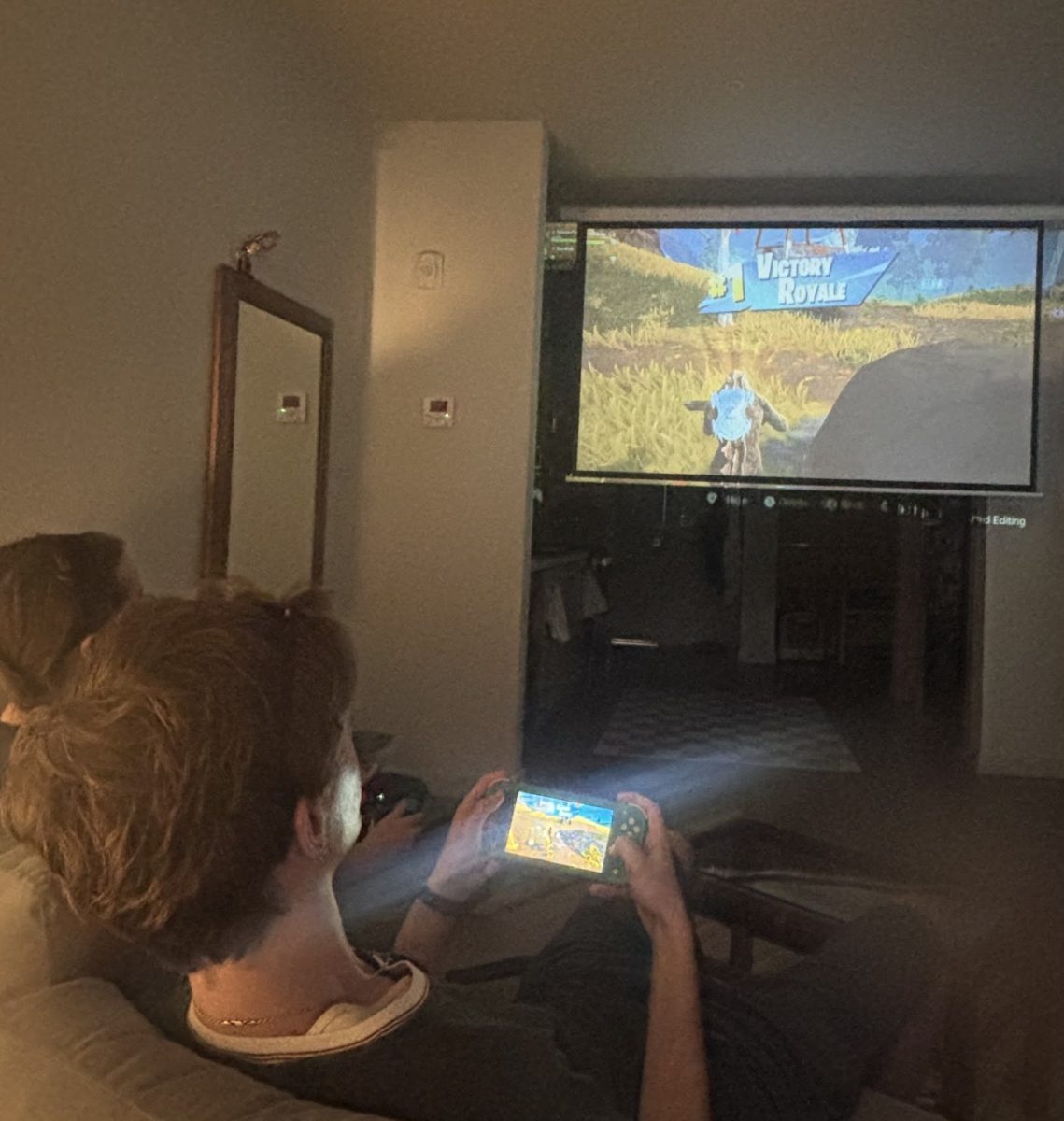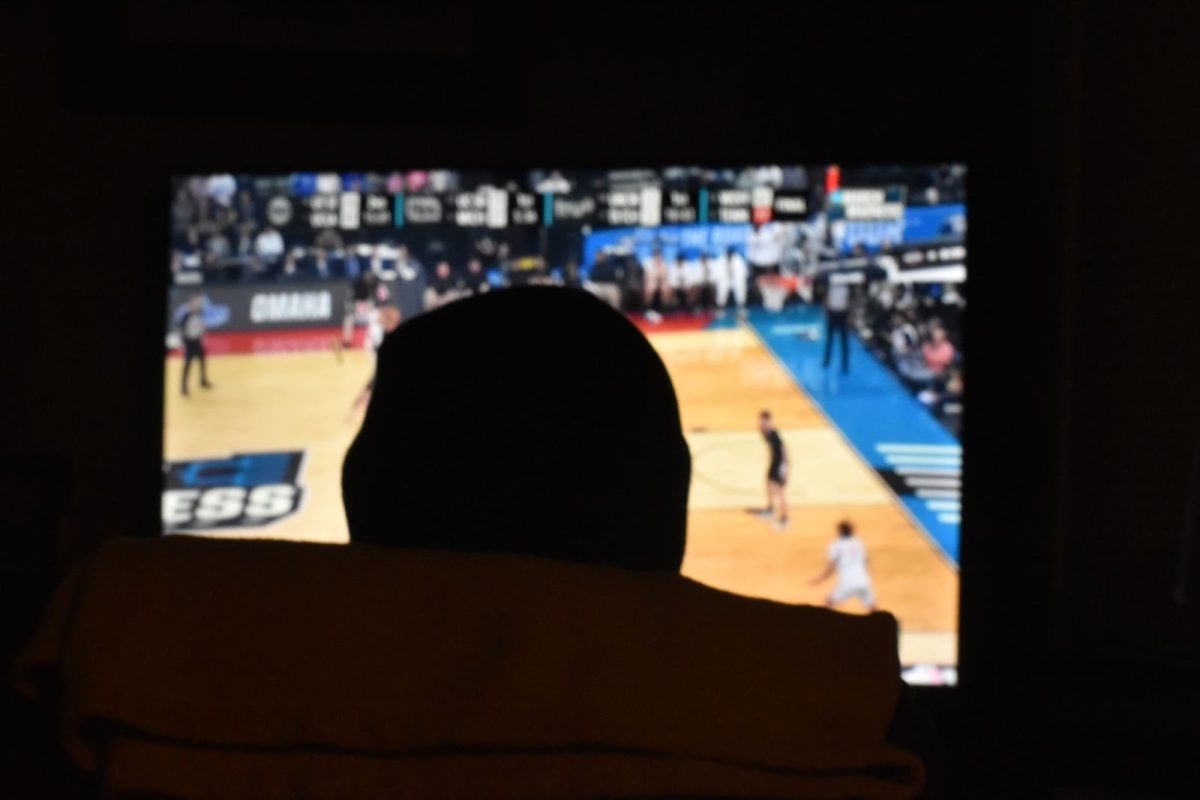
The final whistle blows in Vancouver, the sound just cutting through the wall of cheering fans. Players on the Japanese Women’s National Soccer Team collapse to the ground: heartbroken, exhausted, and defeated. Members of the U.S. Women’s National Team (USWNT) rush the field, grinning, sobbing and clinging to each other. And once their moment of celebration is over, the players make their way to the stands. Among them, goalscoring legend Abby Wambach is searching the crowd. When she spots a familiar face, she jogs ahead of the team, reaching up to hug her then-wife and former soccer player Sarah Huffman in the stands. The image of Wambach and Huffman is projected to the 26.7 million American viewers: two women, proud and in love for the world to see.
The visibility of LGBT people in women’s soccer goes far deeper than a single moment on national television. Acceptance and celebration of the LGBT community has been ingrained into the fanbase for women’s soccer since the beginning of its rise in mainstream American culture. “It’s generally always been there. It might not have been as open in 1996 [when the U.S. hosted the summer Olympics and the first time women’s soccer was allowed in the Olympic Games] just because you couldn’t be as open as a queer person back then,” says Stephanie Yang, a women’s soccer journalist and longtime fan. “I think it’s always been a safe place for most queer fans.” Yang attributes the presence of LGBT fans to the supporters’ culture around women’s soccer that “started as a pretty niche fan group.” She explains that “the people who were early [fans] tended not to be [cisgender heterosexual] white men, they tended to be women and a lot of them tended to be queer.” This meant that from its inception, the group “was a much more open and accepting environment” than what was normal for society at the time.
Unfortunately, this fan culture didn’t extend to players. Yang reasons that it was—and still is—easier for fans to come out than professional athletes, as the latter were more regularly in the public eye. The growing spotlight on women’s soccer in the 1990s already conflicted with the societal narrative that painted soccer as a men’s sport, and players coming out as gay or bisexual would only serve to further ostracize them. “The early popularity [of women’s soccer] created this interesting phenomenon where I think they felt they had to be very performatively feminine,” explains Yang. “So ponytails, not gay, straight, less threatening to general audiences who were already being asked to accept women entering what was traditionally a men’s sphere. They had to reassure them in every other instance that, ‘Yes, we’re still women, and we’re feminine.’”
Hints at a changing tide came when American forward Natasha Kai mentioned a breakup with an ex-girlfriend in an interview ahead of the 2008 Beijing Olympics. In 2010, German goalkeeper Nadine Angerer came out as bisexual. “I see no problem for me to come out of the closet,” Angerer told The Local. Despite athletes like Kai and Angerer, many women’s soccer players feared to speak up against a mainstream culture that still saw being gay as something of a taboo. “Even as recently as 2010, 2011, if you had
[asked]
fans [if] somebody from the women’s national team [was] going to come out of the closet, we all would’ve [laughed],” says Yang.
That conversation shifted more definitively following the USWNT’s second place finish in the 2011 Women’s World Cup that brought the team into mainstream culture. Megan Rapinoe, one of the players on that 2011 roster, used her stardom as a platform to empower those in the LGBT community when she publicly came out as gay less than a month before the London Olympics. “Our team in general is in a position where people look up to us and kids look up to us,” Rapinoe said to USA TODAY Sports. “I embrace that and I think I have a huge LGBT following. I think it’s pretty cool, the opportunity that I have, especially in sports. There’s really not that many out athletes. It’s important to be out and to live my life that way.” Journalist and women’s soccer fan Suzi Steffen believes that high-profile players such as Rapinoe—and Wambach, who made her sexuality public when she married Huffman in 2013—“have changed [the discussion around players being out] a lot.” Yang echoes this sentiment, specifically pointing to Rapinoe as someone who “started a wave, at least in women’s soccer.”
In the years after Rapinoe came out, the number of women’s soccer players who openly describe themselves as gay has increased significantly. Ahead of the 2014 Sochi Olympics, Canadian goalkeeper Erin McLeod stated that she was a lesbian, advocating against homophobia in Russia. Athletes such as Joanna Lohman, a recently retired American player, and Welsh star Jess Fishlock have never hidden their sexuality, and both have actively rallied for LGBT rights. Christine Nairn and Taylor Smith, both of whom play domestically in the National Women’s Soccer League (NWSL), publicly came out in 2017. Adrianna Franch, goalkeeper for the Portland Thorns and the USWNT, proposed to her partner the same year, and has made no secret of her engagement to another woman.
Astrid Mueller, who has followed women’s soccer for roughly five years, also notes a shift in the number of players who have come out in the time she has followed the sport. “It feels like more players feel safe to be out now,” she observes. Mueller specifically notices this change “looking beyond the climate in the U.S.,” where players like Danish star Pernille Harder and Swedish international Magdalena Eriksson speak freely about their relationship.
Even recently, a number of well-known soccer players have began to speak openly about not being straight. Ashlyn Harris and Ali Krieger, who will both be representing the U.S. in the World Cup this summer, publicly announced their engagement in March. A couple days later, Australian captain Sam Kerr casually referred to club teammate Nikki Stanton as her partner in a mini-documentary reflecting on Kerr’s career.
Through the growing acceptance of the LGBT community in the public eye, fans of women’s soccer have continued to ensure their culture is one of inclusivity. Steffen points out that the Rose City Riveters, the Portland Thorns supporters group, have been very vocal in their stances against both racism and homophobia. Mueller notices a similar trend. “When I go to a Thorns game, I know I’m going to see quite a few rainbow flags and some trans flags too,” she says. She notes that there are no out trans or nonbinary athletes in the women’s soccer sphere, but feels her experiences as a nonbinary fan have still been “generally positive.”
Yang reflects on her experience with the women’s soccer community in Boston when they still had a NWSL team. “A lot of our group was queer people,” she recalls, describing how she enjoyed bonding with fans on a level beyond their shared love for soccer. “If you’ve ever been part of a marginalized community, you know that, within that community, there’s this shorthand because you’ve both been through the same thing… you have this foundation of a relationship already between you.” Yang explains that the dynamic of the women’s soccer community creates a positive and healing environment: “It can be nice to be with people in a safe place where we have that relationship but we actually aren’t talking about our traumas at all; we’re enjoying each other’s existence and celebrating it.”


